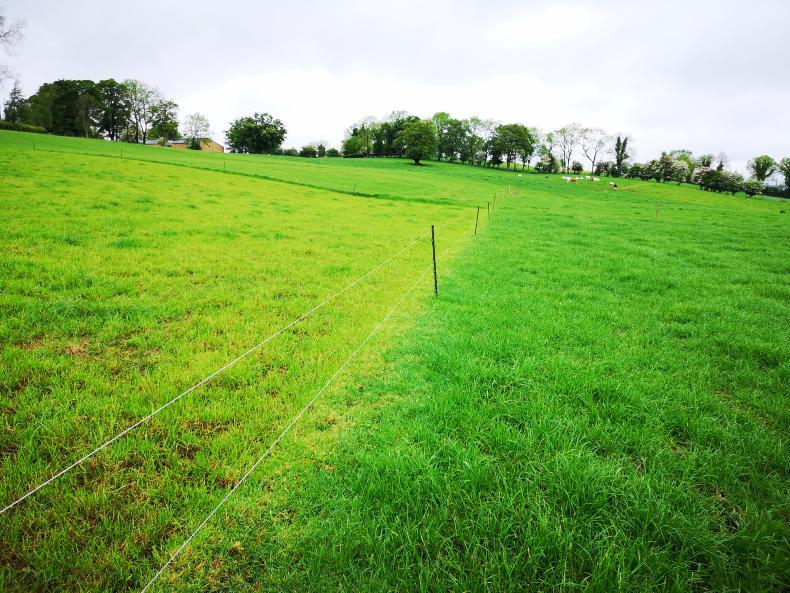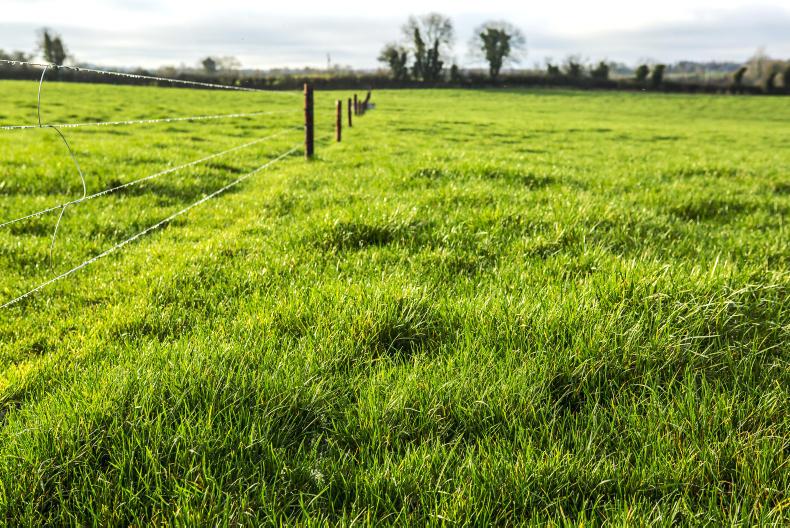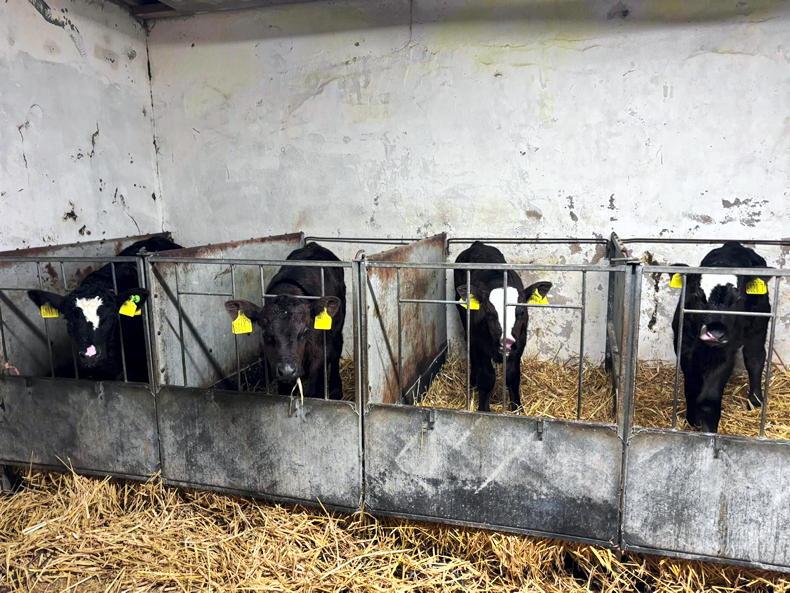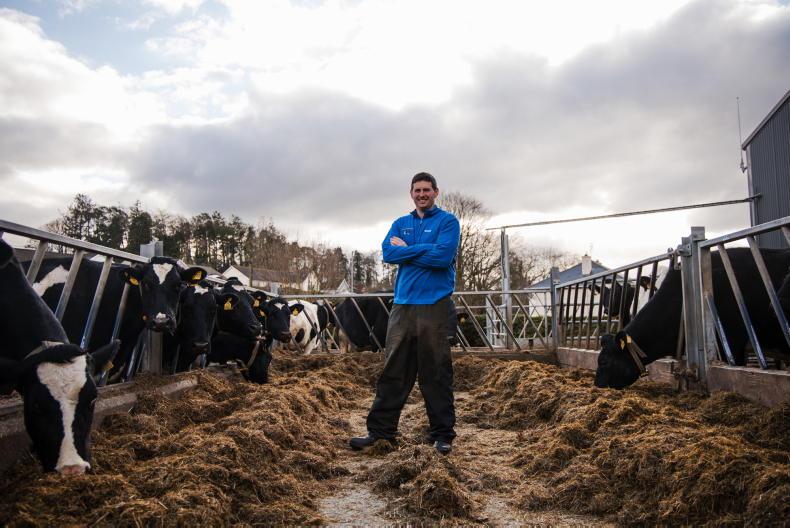Farmers are well aware of the benefits of rotational grazing and paddock systems on beef farms. However, not all farms have their systems set up best for their individual herd needs.
Depending on your grazing group size and number of paddocks available will determine the best paddock size for your farm.
Typically, a paddock system should be set up for the largest or main grazing group on the farm, as in cows and calves. Be that 10 cows or 40 cows, the paddock size should reflect this.
How often do cattle move?
Paddocks that are too big mean you spend too long trying to graze it out. This has a negative effect on the regrowth of the sward and also means you have grass going too strong ahead of you in the next paddocks.

The ideal paddock size depends on the size of the grazing group.
Paddocks that are too small mean you will be moving cattle more often and this can increase labour. Also, cattle can become restless if they are constantly looking for a fresh move.
In reality, if cows and calves are getting a fresh move two or three times a week, that is more than acceptable.
Size calculation
Let us take a typical cow and calf unit in mid-summer having a daily requirement of around 16kg to 17kg DM of grass. If the plan is to move every two days, that’s a demand of 34kg/cow multiplied by the number of cows (for example, 20).
So 17kg DM × two days × 20 cows = 680kg DM of grass required to feed the group for two days.
Ideally, cattle will be grazing sward lengths that are about the 10cm mark, which translates to a cover of 1,500kg DM/ha.
We then divide our grass demand (680kg DM) by our grazing cover (1,500kg DM/ha) to get the correct paddock size for a two-day shift.
680kg DM ÷ 1500kg DM/ha = 0.45ha
Moving cows and calves two or three times a week is sufficient.
Therefore, allowing for some wastage (10-15%), we need an average paddock size of 0.52ha (1.3 acres) for a 20-cow herd moving every two days. This can be changed to suit your own needs by changing the figures in the above calculation.
Remember to give yourself enough paddocks. In the example above, you would need at least six paddocks – with an extra paddock or two needed later in the year when grass growth slows down or grazing conditions deteriorate.
Farmers are well aware of the benefits of rotational grazing and paddock systems on beef farms. However, not all farms have their systems set up best for their individual herd needs.
Depending on your grazing group size and number of paddocks available will determine the best paddock size for your farm.
Typically, a paddock system should be set up for the largest or main grazing group on the farm, as in cows and calves. Be that 10 cows or 40 cows, the paddock size should reflect this.
How often do cattle move?
Paddocks that are too big mean you spend too long trying to graze it out. This has a negative effect on the regrowth of the sward and also means you have grass going too strong ahead of you in the next paddocks.

The ideal paddock size depends on the size of the grazing group.
Paddocks that are too small mean you will be moving cattle more often and this can increase labour. Also, cattle can become restless if they are constantly looking for a fresh move.
In reality, if cows and calves are getting a fresh move two or three times a week, that is more than acceptable.
Size calculation
Let us take a typical cow and calf unit in mid-summer having a daily requirement of around 16kg to 17kg DM of grass. If the plan is to move every two days, that’s a demand of 34kg/cow multiplied by the number of cows (for example, 20).
So 17kg DM × two days × 20 cows = 680kg DM of grass required to feed the group for two days.
Ideally, cattle will be grazing sward lengths that are about the 10cm mark, which translates to a cover of 1,500kg DM/ha.
We then divide our grass demand (680kg DM) by our grazing cover (1,500kg DM/ha) to get the correct paddock size for a two-day shift.
680kg DM ÷ 1500kg DM/ha = 0.45ha
Moving cows and calves two or three times a week is sufficient.
Therefore, allowing for some wastage (10-15%), we need an average paddock size of 0.52ha (1.3 acres) for a 20-cow herd moving every two days. This can be changed to suit your own needs by changing the figures in the above calculation.
Remember to give yourself enough paddocks. In the example above, you would need at least six paddocks – with an extra paddock or two needed later in the year when grass growth slows down or grazing conditions deteriorate.












SHARING OPTIONS